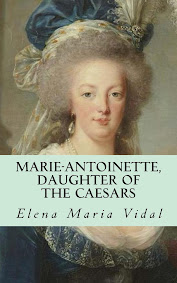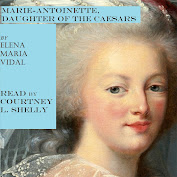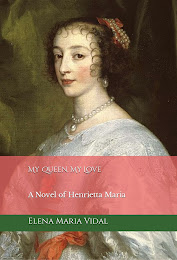
From Hilary White at The Sacred Images Project:
ShareIn last week’s post for all subscribers, we talked about the iconographic programmes; the carefully planned cycles of images in fresco or mosaic, that covered all the surfaces of the interiors of Byzantine and western early medieval churches. These cycles structured how sacred images were arranged to tell the story of salvation, that would have been understood by worshippers, transforming the space inside the church into an elevated, sanctified place where those realities were made present.
In many churches, all the way up to the late Gothic (or “proto-Renaissance”), a typical feature of these programmes was the back wall of the church - the opposite end of the nave from the sanctuary, or the west wall - being decorated with often shocking and arresting images of the Last Judgment. This was an innovation that came to Western Christendom during the 11th and 12th centuries.
In today’s post for all subscribers, we’ll look closely at three examples of these commanding scenes, starting in the period when Italo-Byzantine was established throughout the Italian peninsula and was beginning to merge into the Romanesque style. We’ll look at Torcello’s Basilica of Santa Maria Assunta, a mid-11th century grand, multi-tier mosaic cycle and Sant’Angelo in Formis (Capua) early 12th c. where Romanesque style first appeared. We’ll briefly compare these antecedents to the great fresco of the Arena Chapel in Padua, where Giotto took the motif and translated it into his more naturalistic style. (Read more.)

















No comments:
Post a Comment